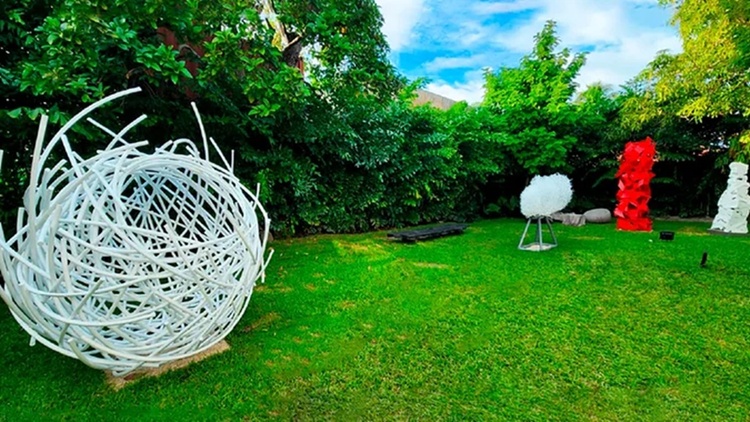
The development of Latin American art and its influence on the global stage
For artists from the region, breaking into the international arena has been a considerable challenge.
Currently, approximately 25 Latin American artists have managed to achieve a market value of more than one million dollars per work. Despite this notable achievement, for artists from the region, breaking into the international arena has been a considerable challenge.
Among the biggest obstacles is the limited visibility in the market, which is precisely what allows art lovers to be more familiar with European or American artists, relegating Latin American creators to the background in the collective memory.
Art as a business
Latin American art is distinguished by a notable audacity and prolificacy in its creation and by offering works of excellent quality at reasonable prices, thus providing the opportunity to those who are taking their first steps in the world of art to acquire pieces and immerse themselves in the fascinating artistic universe.
Although Latin America represents only 4% of the global art market, 2021 recorded an impressive sales volume that exceeded $4 billion, a performance that contributed to recovering the losses experienced during the difficult years of the pandemic.
And although the market has been developing, art galleries are still affected by the sale of works of art in Latin American currency, which represents a disadvantage against the dollar, which adds another obstacle to the recognition of the valuable artistic production of Latin America. the region in the international market.
It is for this reason that many artists aim to venture into international markets and find dissemination platforms that allow them new growth opportunities for their business.
A vision towards the future
But it's not all difficulties. The appetite for Latin American art is clearly on the rise, and Latin American art is experiencing a boom in the United States markets, attracting European and American collectors for its quality, accessibility, and innovative creative offerings.
Numerous Latin American artists are conquering a market as competitive as that of the United States, and La Cometa gallery has stood out as a benchmark in this panorama. Founded by Esteban Jaramillo 35 years ago, La Cometa is one of the largest galleries in Colombia and Latin America, with offices in Bogotá, Medellín, Madrid and, more recently, Miami.
Andrés Córdoba, a member of the gallery, said that although they considered opening branches in Houston and Los Angeles, they opted for Miami due to its proximity, the Latin influence that creates a more comfortable environment and the rapid growth of the art sector in the city.
"Planning and advice are crucial, especially when considering that business opening processes are delayed in the United States," explains Andrés, in addition to highlighting the fundamental role of networking since connections are key to being known and receiving support in the achievement of its objectives.
Opening up international markets in the art business not only benefits individual artists or galleries, but also represents an open door to a vast world of opportunities that drive the development of the industry as a whole. Connecting with international galleries, collectors and exhibition spaces expands the artist's reach, and global interconnectedness in the art business creates an environment conducive to collaboration, innovation and the promotion of artistic diversity, thus generating a positive impact on the comprehensive development of the industry.
Through different eras, art has been recognized as an essential means of human expression. It is this distinctive function that has driven the creation of places for artistic exhibition, motivating large cities to invest in both public art and street artistic expressions. The constant evolution of Latin American art has highlighted the unique expression and vision of Latin countries, attracting the attention of art collectors worldwide. In this way, the art of the region not only stands as a cultural manifestation, but also as an international attraction that reflects the diversity and richness of Latin American experiences.
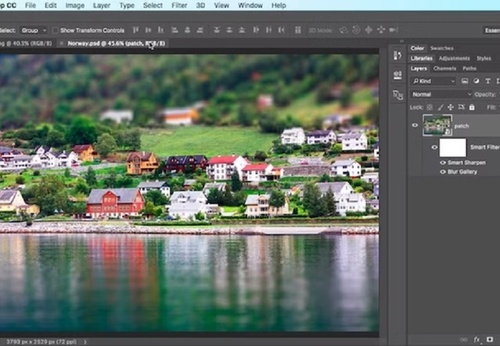
- July 02, 2025
The Best Software for Digital Art and Graphic Design

- July 02, 2025
Gallery of Posters by Cesar Alí Hernández from Mexico
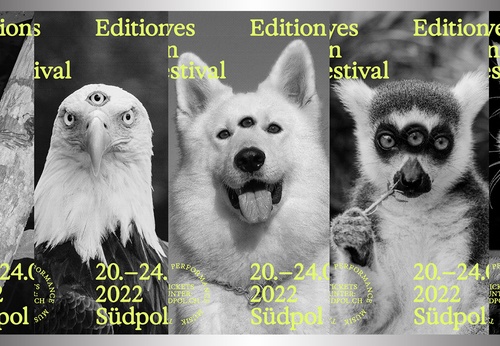

- July 02, 2025
Gallery Of Painting By Rubén Silhy - El Salvador
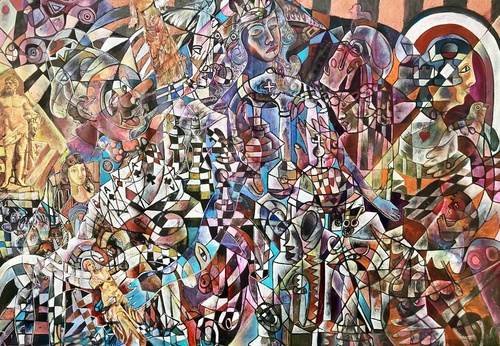
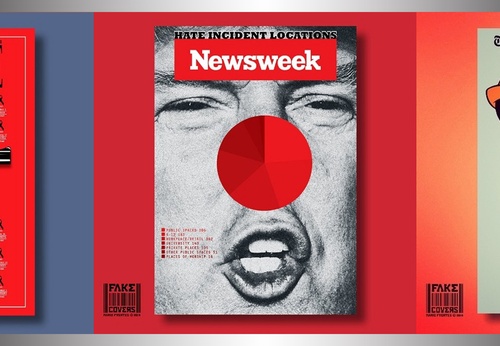
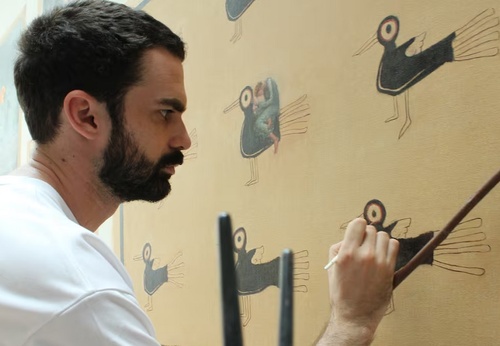
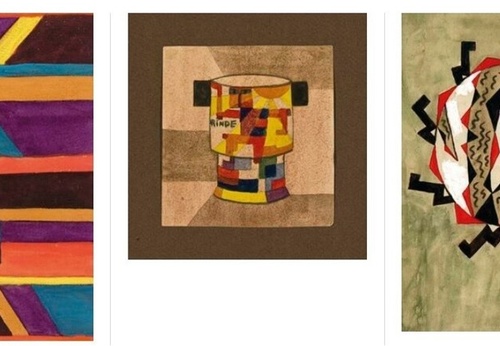
- July 02, 2025
The Major Exhibition "Before America" in Madrid

- July 02, 2025
Israel Will Surely Be Destroyed

- July 02, 2025
The Best Software for Digital Art and G…

- July 01, 2025
How Digital Artists Collaborate with Ar…

- July 01, 2025
Reflections of Digital Art in Different…

- June 30, 2025
Crítica de Obras Artísticas Criadas por…

- June 30, 2025
What are Plastic Arts?

- June 30, 2025
Images Against Silence: Artists Who Cha…

- June 29, 2025
History of Art Photography in the 20th …

- June 28, 2025
The 11 types of art and their meanings

- June 28, 2025
Contemporary Art is postmodern art

- June 26, 2025
Graphic Design, Art, and Technology: Wh…

- June 25, 2025
Graphic Design and Modern Content Creat…

- June 25, 2025
Art as a Manifestation of Resistance

- June 24, 2025
Latin American Art in the world

- June 24, 2025
Painting as a form of emotional express…

- June 23, 2025
14 questions and answers about the art …

- June 23, 2025
9 Latino painters and their great contr…

- June 22, 2025
The most famous image of Ernesto "Che" …

- June 21, 2025
Resistance in Ink and Paper: Illustrati…

- June 21, 2025
Art as a Tool for Enlightenment and Soc…

- June 18, 2025
Graphic Design and the Psychology of Co…

- August 29, 2023
The history of Bolivian art

- February 19, 2024
Analysis and meaning of Van Gogh's Star…

- January 28, 2024
Culture and Art in Argentina

- September 25, 2023
What is the importance of art in human …

- September 23, 2023
What is paint?

- August 10, 2023
14 questions and answers about the art …

- August 30, 2023
First artistic manifestations

- August 23, 2023
The 11 types of art and their meanings

- September 23, 2023
History of painting

- September 23, 2023
Painting characteristics

- January 12, 2024
10 most beautiful statues and sculpture…

- April 06, 2024
History of visual arts in Ecuador

- August 16, 2023
The 15 greatest painters in art history

- March 26, 2024
The importance of technology in art1

- January 31, 2024
Examples of Street Art – Urban Art

- March 26, 2024
Cultural identity and its impact on art…

- January 20, 2024
What is the relationship between art an…

- April 07, 2024
Graffiti in Latin American culture

- October 21, 2023
Contemporary art after the Second World…

- August 25, 2024
A Comprehensive Analysis of the Cartoon…

- February 19, 2024
Analysis and meaning of Van Gogh's Star…

- August 13, 2023
9 Latino painters and their great contr…

- August 10, 2023
14 questions and answers about the art …

- August 29, 2023
The history of Bolivian art

- January 28, 2024
Culture and Art in Argentina

- August 23, 2023
The 11 types of art and their meanings

- November 06, 2023
5 Latin American artists and their works

- August 27, 2023
15 main works of Van Gogh

- September 23, 2023
Painting characteristics

- September 23, 2023
What is paint?

- September 25, 2023
What is the importance of art in human …

- August 30, 2023
First artistic manifestations

- December 18, 2023
10 iconic works by Oscar Niemeyer, geni…

- January 20, 2024
What is the relationship between art an…

- March 26, 2024
Cultural identity and its impact on art…

- January 12, 2024
10 most beautiful statues and sculpture…

- October 30, 2023
Characteristics of Contemporary Art

- August 22, 2023
What are Plastic Arts?

- April 16, 2024
The most important painters of Latin Am…

- August 24, 2023


